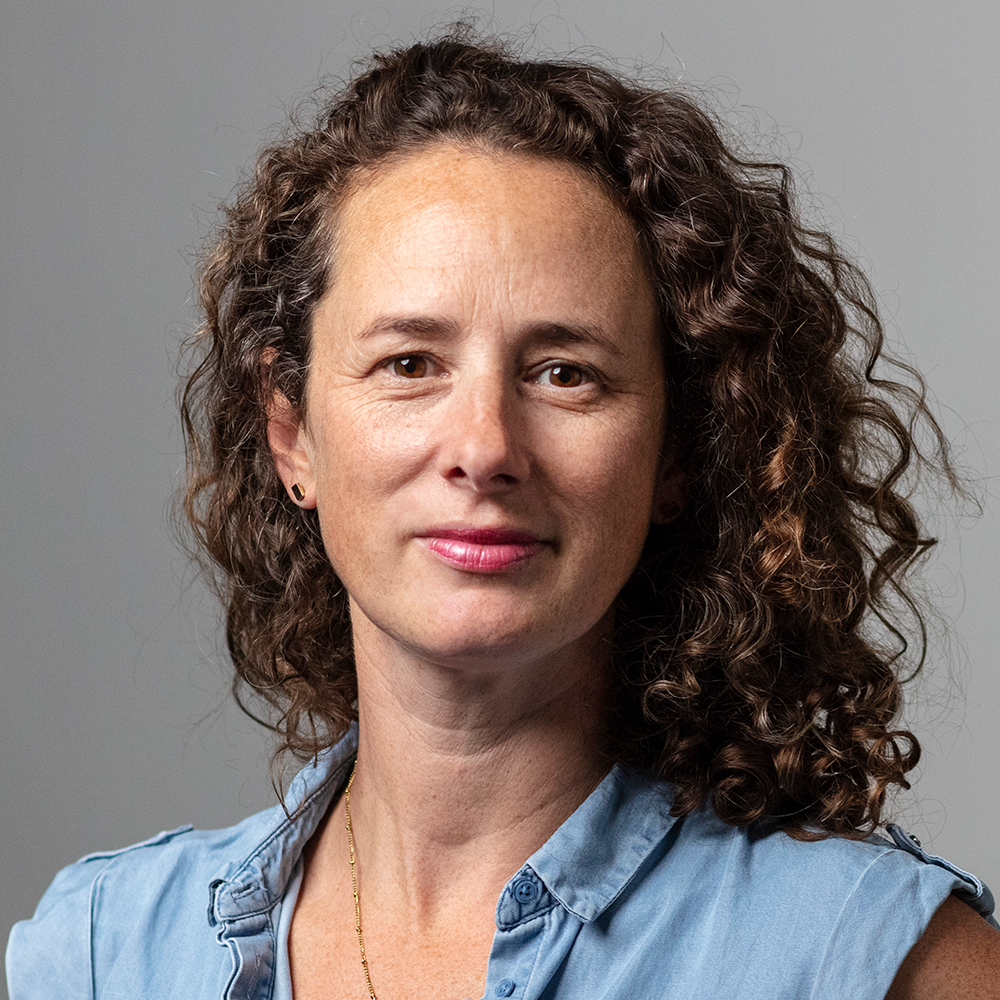Cultural understanding is key to better treatment

More and more, medical staff are finding themselves dealing with patients from other cultures. An intercultural treatment approach is necessary to overcome misunderstandings, says healthcare expert Myriam Graber.
Every year, the foreign population in Switzerland increases – a demographic evolution which poses a challenge for doctors and nurses. As a result, the anthropological aspect of treating people has become an important part of medical education.
For years, Graber, a nurse by training, has been interested in interculturalism within the healthcare sector. Now a researcher at the University of Applied Sciences at Neuchâtel, she is writing her doctoral thesis on the integration processes of nursing students who come from sub-Saharan Africa.
swissinfo.ch: What does it mean to have an intercultural approach to treatment?
Myriam Graber: It’s a multi-stage process. Above all, it’s necessary to distance oneself from one’s own culture and to reflect on one’s own values. The aim is to bear in mind that all health care decisions are based on these values. If you’re aware of this, you’ll succeed in having a certain cultural ‘neutrality’ which will enable you to relativise your own values and show openness when facing the values of others.
The second stage consists of trying to understand the patient’s cultural frame of reference.
At this point, mediation and negotiation can enter into play. The aim is to reach an agreement with the patient on how he or she can be treated, on what he or she can or can’t accept. And on the other hand, on what the medical staff can or can’t accept regarding their ethical code.

More
Telephone interpretation to the rescue
swissinfo.ch: Can you give an example?
M.G.: In sub-Saharan Africa, people think death is due to a witch doctor or to one’s behaviour while alive. Practices that accompany dying patients are therefore considerably different from ours. Palliative care, as we understand it, is unthinkable.
It can also happen that women from Arab countries don’t want to be treated by a man – not always, but it’s possible. If this is the case, you can try to turn to people from their country who have been here for longer and who can give them permission to be treated by a man.
Medical staff will have to find a solution together with the patient and the patient’s family – with mutual respect. Both sides should take a step towards the other. Also, the patient shouldn’t impose values which are in contradiction to ours.
swissinfo.ch: What is being done in hospitals at the level of education to deal with these problems?
M.G.: There has been talk of an intercultural approach to treatment for more than 50 years. But in recent years, education in this area has intensified.
In hospitals there are cultural mediators. But this has a cost.
Sometimes, when it’s a question of linguistic comprehension, staff are called in who can speak the language. Sometimes even the patient’s family members are asked, but this option is problematic, because the patient might not dare say everything to their family or the person translating might leave some things out. A lot depends on the family dynamics.
That said, too often, there are still highly ethnocentric attitudes which consist of saying ‘these patients are here, our way of doing things is this, we are right and they should do only what we do’.
Since 2002, the European Union has promoted Migrant Friendly Hospitals, a programme which aims to address the specific needs of patients who have different concepts of health. It also organises health services in such a way that everyone can have access to equal treatment.
In particular, it aims to improve hospitals’ organisation to make them culturally appropriate. It also seeks to reinforce their role in promoting health for immigrants and ethnic minorities.
Switzerland is also taking part in this project. As part of the “migration and health” programme, the government has allocated CHF2 million ($2.16 million) to a few selected hospitals.
swissinfo.ch: In many cultures, illness involves a “mystical” element. How much space is there in hospitals for practices which don’t correspond to the western scientific approach to medicine?
M.G.: It depends a lot on the degree of openness of the hospital, the doctors and those involved in treatment in general.
But don’t forget that our hospitals also refer patients to people who practise the faith healing method known as “the secret”. So I don’t see why there can’t be space for other cures. The important thing is that they do not hinder the therapy or contradict our ethical values.
swissinfo.ch: Something else that varies strongly from culture to culture is the expression of pain. How to you assess that?
M.G.: In general, one tries to look at the grade of suffering, weighing the evaluations of the doctor, nurse and patient. Nevertheless, it’s very difficult. Every culture has a different way of expressing pain. For medical staff it’s already hard enough measuring pain among people they are similar to culturally.
One study, for example, found that white Americans express their pain less obviously than black Americans. If we look at cases closer to home, people of Somali origin tend to express their pain in an intense manner, which sometimes generates misunderstanding because it’s not something we do here.
swissinfo.ch: Also, more and more medical staff have diverse cultural backgrounds. What challenges does this create when it comes to training?
M.G.: Above all, it’s a question of learning social codes. For example, students from sub-Saharan Africa don’t look people in the eye, especially doctors or people who are older than they are. For them it’s a sign of respect; for us it’s a sign of bad manners.
Or they have to learn how to deal with racism, which can be expected. What do you do with a patient who refuses to be treated by a black nurse?
On the other hand, foreign caregivers bring a lot to their work, such as diverse experiences and points of view. They also have incredible patience and the ability to communicate well.
(Translated from Italian by Thomas Stephens)

In compliance with the JTI standards
More: SWI swissinfo.ch certified by the Journalism Trust Initiative









You can find an overview of ongoing debates with our journalists here . Please join us!
If you want to start a conversation about a topic raised in this article or want to report factual errors, email us at english@swissinfo.ch.